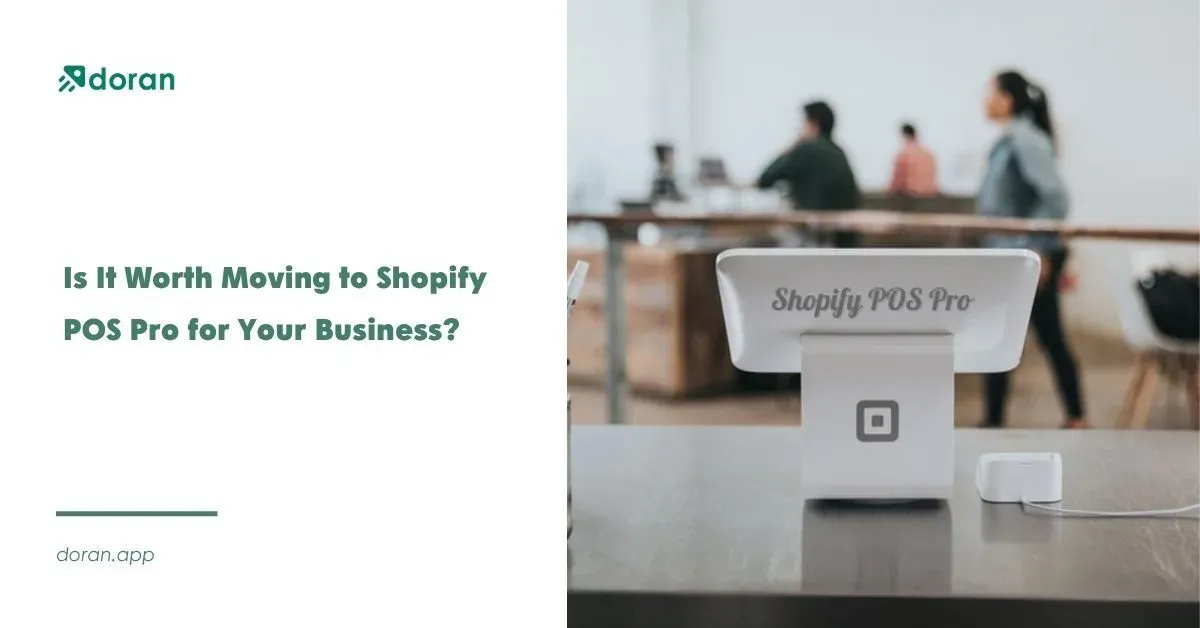Choosing Between eBay vs Shopify: What You Need to Know
Starting an online business is an exciting journey, but choosing the right platform can make all the difference. eBay vs Shopify are two popular options, each offering unique advantages for online sellers. While eBay is known for its extensive marketplace and auction-style listings, Shopify provides a customizable, stand-alone store solution. Understanding the strengths of each platform, especially in terms of what products sell best, can help you select the right option for your business goals.
A Quick Comparison between Shopify vs eBay
Shopify

Shopify is an eCommerce platform that hosts your store and gives you full power over it. It lets companies set up and run their own online stores, where they can change the look of the shop, take payments, and keep track of their stock all from one place. Shopify is also known for its strong features, such as the ability to recover abandoned carts, automate marketing, and connect to social media.
Since Shopify is both hosted and in the cloud, it has a high amount of security. This makes sure that you can safely log in to your Shopify account from any internet-connected device that is suitable. This gives you the freedom to run and handle your business effectively from anywhere.
eBay
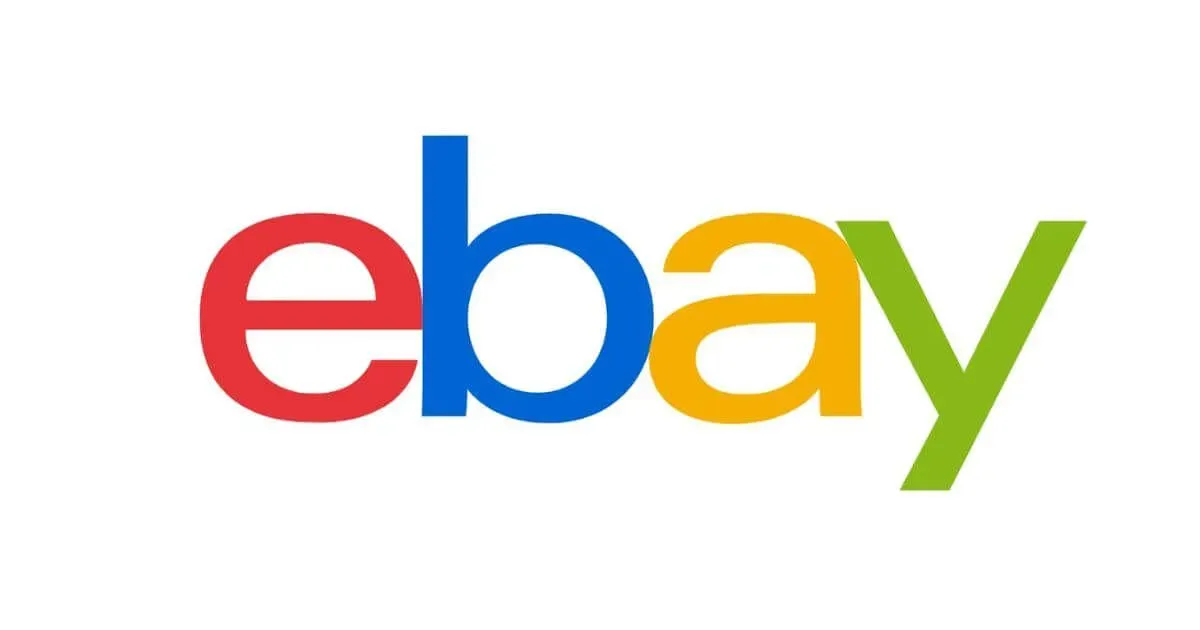
eBay is a very important part of the shopping industry. It was started in 1995 and is one of the most famous online markets. eBay, on the other hand, is mostly a place where people can find things at lower prices than they would find in a regular store.
One of the best things about eBay is that it makes it easy for businesses to show off their goods to a wide range of potential buyers without having to spend a lot of money building their own eCommerce infrastructure.
Key Distinctions Between eBay vs Shopify
When thinking about how to use eBay vs Shopify, you should look at the main differences between eBay vs Shopify to find the best fit for your needs. We will talk about these parts in more detail, such as:
Shopify
eBay
Type of platform
eCommerce
Marketing
Designs and Themes
They have 12 free themes as well as more than 150 premium themes.
While using eBay, you can make a great storefront, but it will always be shown with eBay's name and brand colors.
Volume of Customer Traffic
You have to personally increase traffic yourself.
Already have a lot of customers
Knowledge of Code
You don't need to know how to code to set up or run a simple online store with Shopify. You may need to know how to code or hire a developer if you want to change your store's look or usefulness in ways that aren't possible with the themes and apps that come with it.
If you want to buy or sell something on eBay, you don't need to know how to code. You don't need to know how to code to make listings, manage your inventory, or finish transactions. But you might need to know how to code if you want to make custom connections or more advanced tools for eBay.
App
Shopify App Store
Third party app center
Find out more: Best Theme on Shopify That Convert (2025)
A Complete Comparison of eBay vs Shopify to See Which Is Better
To help you choose the best platform between eBay vs Shopify for selling things online, you should carefully look at the features that each platform offers and see which ones fit with the plan of an online store.
Simple to Begin
Don't worry about how hard and long it will take to make an online store. If you want to start an eCommerce business quickly, both Shopify and eBay dropshipping are great choices.
Shopify
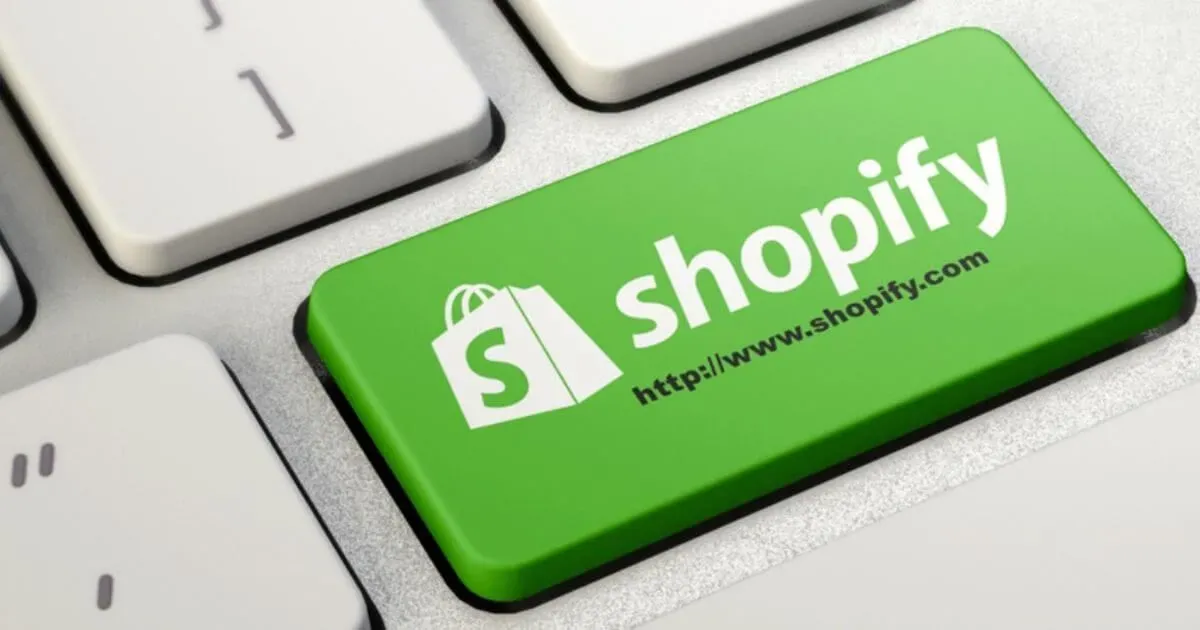
With Shopify, you will have to start from scratch when you want to use it, which is different from eBay. You will have to plan and build the website yourself, which you can do with Shopify's frontend editor. You can change the website's fonts and color scheme with this editor, as well as add material and pictures that fit your brand. It's important to keep in mind that making a unique, fully branded website with Shopify takes more time.
eBay
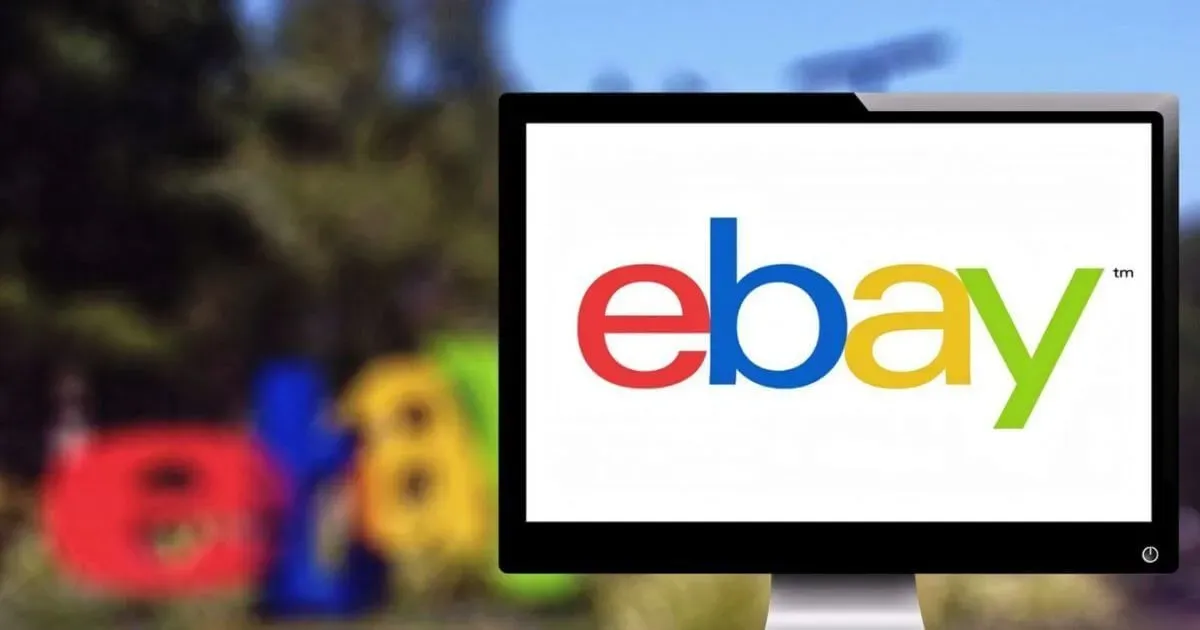
You can choose between a personal or business account when you sign up for eBay. If you want to sell a lot of things, you should get a Business account and be ready to give extra information for verification. If not, the Personal account is also a great choice. No matter what you choose, you'll have to answer a few questions before you can get to the main screen. In conclusion:
When it comes to getting started, eBay is by far the easier business tool to use than Shopify. The steps for signing up and offering products are very easy to follow. That being said, making and adding goods to Shopify is more complicated, but your store will be fully functional.
Best Goods for Sale
Shopify
Shopify is suited for brands looking to establish a unique presence. It’s best for:
Branded Products: Shopify is ideal for building a brand around your products, offering custom themes and control over your store's look and feel.
Niche ECommerce: Products that target a specific audience, such as eco-friendly goods or handmade crafts, perform well on Shopify due to the ability to build brand loyalty.
Subscription & Digital Products: Shopify’s flexibility with product types and checkout options makes it a good fit for subscription boxes, digital products, or service-based sales.
Higher-End Items: The customizable nature of Shopify allows for more control over pricing, which is ideal for higher-priced or exclusive products.
eBay
eBay is a marketplace known for its diverse buyer base and broad product categories. This makes it ideal for:
Collectibles & Vintage Items: eBay's marketplace and auction model attract buyers interested in unique, hard-to-find items like collectibles, vintage goods, and antiques.
Electronics: High-demand items like phones, tablets, and laptops tend to sell well here due to eBay’s reputation for deals on tech products.
Used & Refurbished Goods: eBay’s buyers often look for bargains, making it a great platform for pre-owned or refurbished items.
Hobby & Niche Products: From trading cards to specialty toys, eBay’s categories support specific interests, appealing to hobbyist shoppers.
Pricing and Fees
People often put total cost and value for money at the top of their list when choosing an eCommerce platform. It is very important not to fall in love with an eCommerce solution only to find out that it costs too much. eBay vs Shopify both have a range of plans that can fit a wide range of needs and prices.
Prices for Shopify:
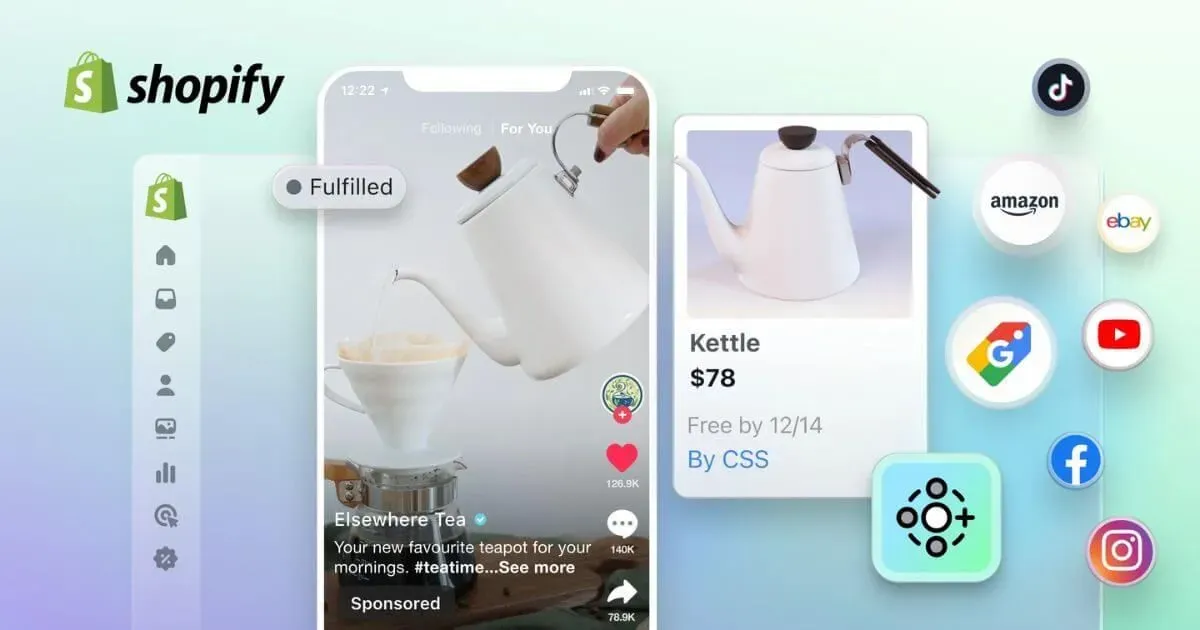
Basic Shopify: $25/month for solo entrepreneurs
Shopify: $65/month for small teams
Shopify Advanced: $399/month as your business scales
Shopify Plus: $2300/month for more complex businesses
Shopify lets you try out Shopify for three days without having to use a credit card. After the free trial, you can choose a plan that fits your business's size and stage. You can make your dream come true by trying it for free for one month.
In terms of transaction fees, Shopify Payments does not charge shops that use their service any fees. There are, however, extra fees of 2%, 1%, or 0.6% if you choose a third-party payment provider. These fees vary on the plan you choose: Basic Shopify, Shopify, or Advanced Shopify.
There is also a small fee that Shopify charges to let you accept Visa and Mastercard as forms of payment in your store. The costs change based on the plan you choose.
Prices for eBay:

eBay charges sellers two main types of fees: a "insertion fee" when they make a listing, and a "final value fee" when they sell an item. The amount of the fee depends on a number of things, such as the item's price, the listing's style and category, any extra listing upgrades chosen, and the seller's behavior and performance.
Fees for inserting:
As many as 250 free insertion feelistings can be sent to you every month, and if you have an eBay Store, you may be able to get even more. After your free insertion fee limit is reached, insertion fees are:
If your thing doesn't sell, you won't get your money back.
Charged every time you add your item and every category you choose. It means you will have to pay an insertion fee for each category if you put your item in more than one.
Every time you decide to relist your item, you will be charged for the first showing.
If you make two auction-style listings for the same thing, you will be charged for each one.
You will only be charged once for each listing, even if it has more than one thing.
Final Value Fees:
You don't have to worry about extra fees for third-party payment processing because eBay only charges one final value price when your item is sold. The amount of this fee is based on a portion of the total sale price, plus $0.30 per order.
The total sale number includes the item price, any handling fees, shipping costs that the buyer pays for (with some exceptions), any sales tax that applies, and any other fees that are related to Shopify vs. eBay. In conclusion:
There are different plans for both eBay vs Shopify. eBay's starter plan is less expensive than Shopify's, but it doesn't come with as many options, so it might not be enough to help your business grow. Aside from this difference, though, the prices of both systems are about the same.
Methods of Payment
Shopify

As a professional eCommerce platform, Shopify gives your users a lot of different ways to pay. Shopify supports more than 100 different payment gateways, such as PayPal, Stripe, Amazon Pay, Square, and many more. It also supports less well-known payment platforms.
eBay
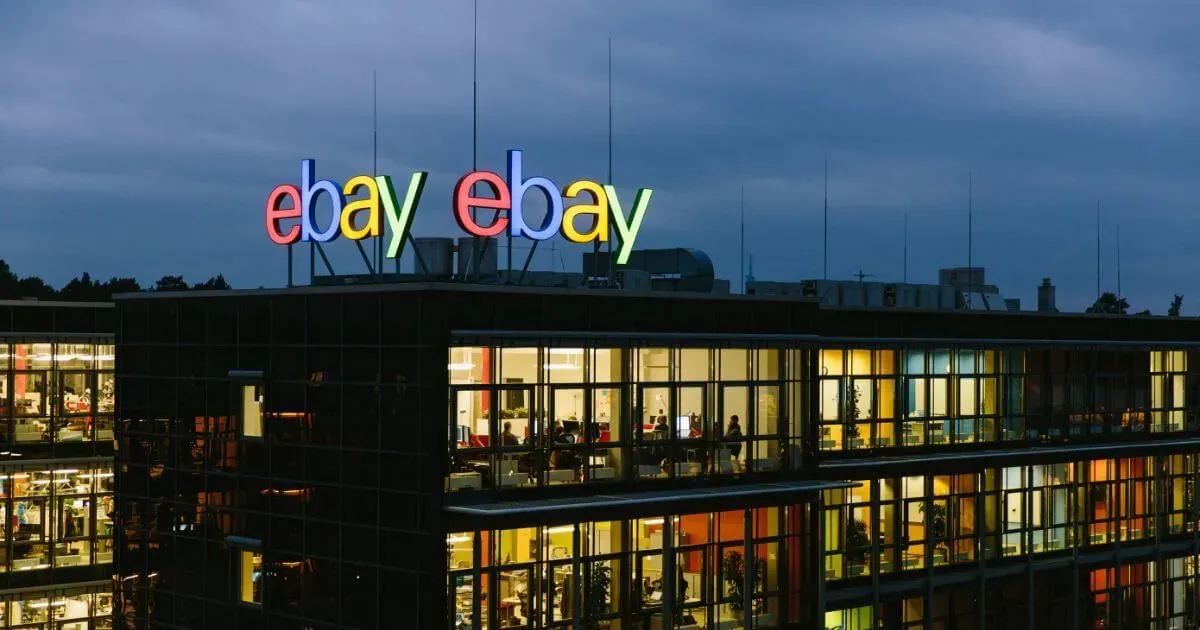
When you check out on eBay, you can choose from the following ways to pay:
PayPal
PayPal Credit
Credit card or debit card
Apple Pay
Google Pay
Spendable funds
Payment upon pickup
Wire transfer facilitated by eBay (only for some categories).
eBay gift card or eBay voucher or eBay Bucks
In conclusion:
When it comes to payment choices between eBay vs Shopify, Shopify is worth giving more attention to because it works with more than 100 different payment gateways. Another benefit of using Shopify Payments is that you won't have to pay any transaction fees or charges. This makes it different from eBay, where many fees are taken out of your wages.
Email Marketing
Getting more people to visit the eCommerce site is important for making sales. But to get people to come, you need a great email marketing feature. The following part will give you a more in-depth look at these features of eBay vs Shopify that can help you get more customers and make more money.
Shopify
You can use Shopify Email to grow your business because it has a complete platform with templates, reporting, and automated processes. With Shopify's email marketing tools, you will be able to do the following:
Make branded emails quickly and easily. Its easy-to-use drag-and-drop editor and totally customizable templates let you make beautiful branded emails in minutes. In every email you send, let your name stand out.
Use themes to make designing emails easier. You can save time and work by picking one of our many ready-made themes. With these templates, your store's logo, products, prices, and other information are automatically added to your emails from your shop. There's no need to code.
Make email processing easier. Our automation tool in Shopify Email can help you get more people to interact with your emails. You can choose from different automation templates, change the text of the emails, turn on the automation, and watch your business grow.
Put campaign control in one place. Shopify makes it easy to manage your email marketing. All of your campaigns can be made, sent, automated, and tracked from one place—the trusted tool that helps you run your business well.
Read more: Best Email Marketing for Shopify App for 2025 Success
Or: 5 Email Marketing Tips Shopify for Successful Campaigns
eBay
If you have an eBay Store, you can easily make and send email campaigns to your followers, subscribers, and past buyers who have chosen to receive newsletters from your store. By using the newsletter, you can welcome your customers and let them know about any new ads.
eBay gives you design options that you can use to make your Store newsletter unique. eBay currently has 6 email templates that can be used for a range of events and marketing efforts. You can use these templates to send out coupons, markdowns, bulk discounts, and order discounts, all of which will bring people back to your store.
In conclusion:
Most of the time, eBay vs Shopify will have its own strengths. Shopify has a lot of marketing tools that can help you get your brand known to more people. It has a great tracking tool, and its app store lets you connect your store to email marketing and a number of social media sites.
Unlike eBay, sending out store newsletters is a great way to let customers know about ongoing sales or promotions, show off new goods that are for sale, and build a community of loyal customers who will buy from you again and again.
Whether you choose eBay vs Shopify relies on the type of business you have and the products you sell. eBay might be the best place for you to sell your things if you want to reach a big audience of buyers from different backgrounds. But Shopify gives you the freedom and customization you need to stand out if you want to build a business with a unique storefront. If you want to sell unique items or build a brand, knowing the pros and cons of each site can help you make the best choice for your online business.

Hey! I'm Andrew Doan. Together, we'll build the foundation for a successful store and ensure it thrives! Let grow together!
Start Building Trust Today
Install the Product Reviews app to improve your store's credibility and boost sales with real customer reviews.
Get Started with Zero CostWhat to not miss out on our blog
Gain insightful knowledge and invaluable experiences from dedicated experts.
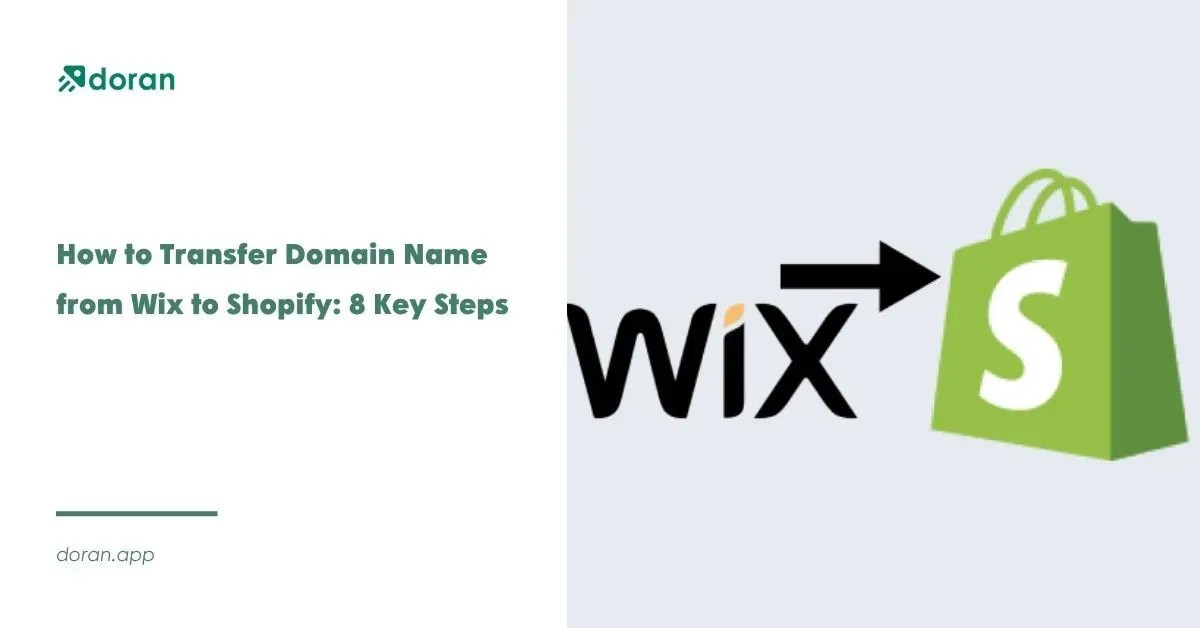
How to Transfer Domain Name from Wix to Shopify: 8 Key Steps
Discover the easiest way to transfer domain name from Wix to Shopify without losing traffic or rankings. Follow the steps carefully. Take action today!

Newsletter
Get all the stories you need-to-know from the most powerful name in news delivered first thing every morning to your inbox
